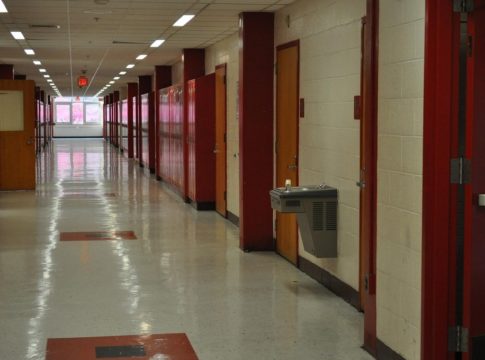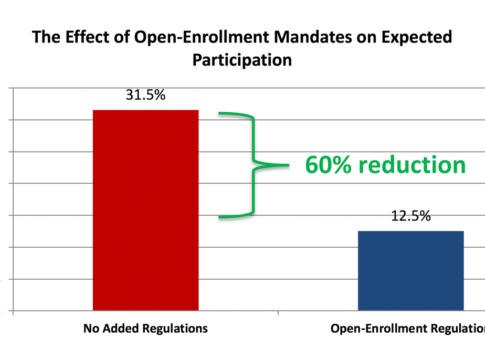
Research on private school choice, like most educational interventions, has focused on short-term outcomes like test scores and parent satisfaction. These outcomes, appealing because they can be measured early and often, are seen as harbingers of future success. But they might miss important impacts, both positive and negative, that schools have on children’s development.
Understanding the effect of private school choice on real-world success beyond test scores requires data on outcomes like college enrollment and graduation, and thanks to three recent Urban Institute studies, we know more about this than we did a year ago. Prior research examined outcomes of about 2,600 participants in three city-specific programs. We now have evidence based on nearly 13,000 additional school choice participants in two of those cities and in the country’s largest statewide program.
The three studies find neutral to positive impacts of private school choice on college enrollment and graduation, but with some variation:
• The Florida Tax Credit Scholarship program. Enrolling in a private school through the scholarship program had positive effects on college enrollment, mostly in two-year colleges, and there were zero or small effects on two-year degree attainment.
• The Milwaukee Parental Choice Program. Attending a private school with a program voucher had positive effects on college enrollment, mostly in four-year colleges. The authors didn’t find significant impacts on degree attainment, but not all students are old enough to be included in those analyses.
• Washington, DC’s Opportunity Scholarship Program. Winning a private school scholarship through the lottery had no effect on college enrollment at either two- or four-year colleges.
These findings raise more questions than they do answers. Why was there a difference in two-year college enrollment in Florida but in four-year college enrollment in Milwaukee? Why do the effects of using a private school voucher seem to subside between enrolling in college and graduating college? And perhaps most importantly, what is it about these programs that changes the rates—or not—at which students go to college?
We can’t answer these questions, but looking more closely at the study designs and contexts can help home in on future research questions.
Florida and Milwaukee compared private choice participants with similar students in public schools, but the possibility remains that unmeasured differences could affect results. Families who chose to use these vouchers might be more motivated, or their children might face particular educational challenges.
Washington, DC, is the only one of the three study sites to use a lottery. This is best way to rule out unobserved differences between participants and nonparticipants but means it’s hard to compare the DC results with those from Milwaukee and Florida.
Then there’s context. Florida’s program is statewide, but families in different parts of the state might have different experiences with private school choice. DC and Milwaukee are both citywide programs, but DC is unique in its robust system of public school choice—roughly 35 percent of the control group in our study attended charter schools, for example.
Finally, earlier evaluations of these programs found neutral to positive effects on test scores. But what about programs that have had a negative effect on test scores, such as those in Indiana, Louisiana, and Ohio? Can we expect test score outcomes to translate to real-world outcomes?
To truly understand the differences in long-term effects across these three programs and to ultimately answer the question of when and how private school choice works, we need to examine more programs and variation in outcomes across different private schools within each program to learn more about program design. We also need to continue to follow students to get a clearer picture of the effects on degree attainment and labor market outcomes. Finally, we need to better understand the connection between short- and long-term outcomes so that programs can be assessed accurately and quickly.
— Matthew M. Chingos
Matthew M. Chingos is a Senior Fellow at the Urban Institute.
This post originally appeared on Urban Wire.





